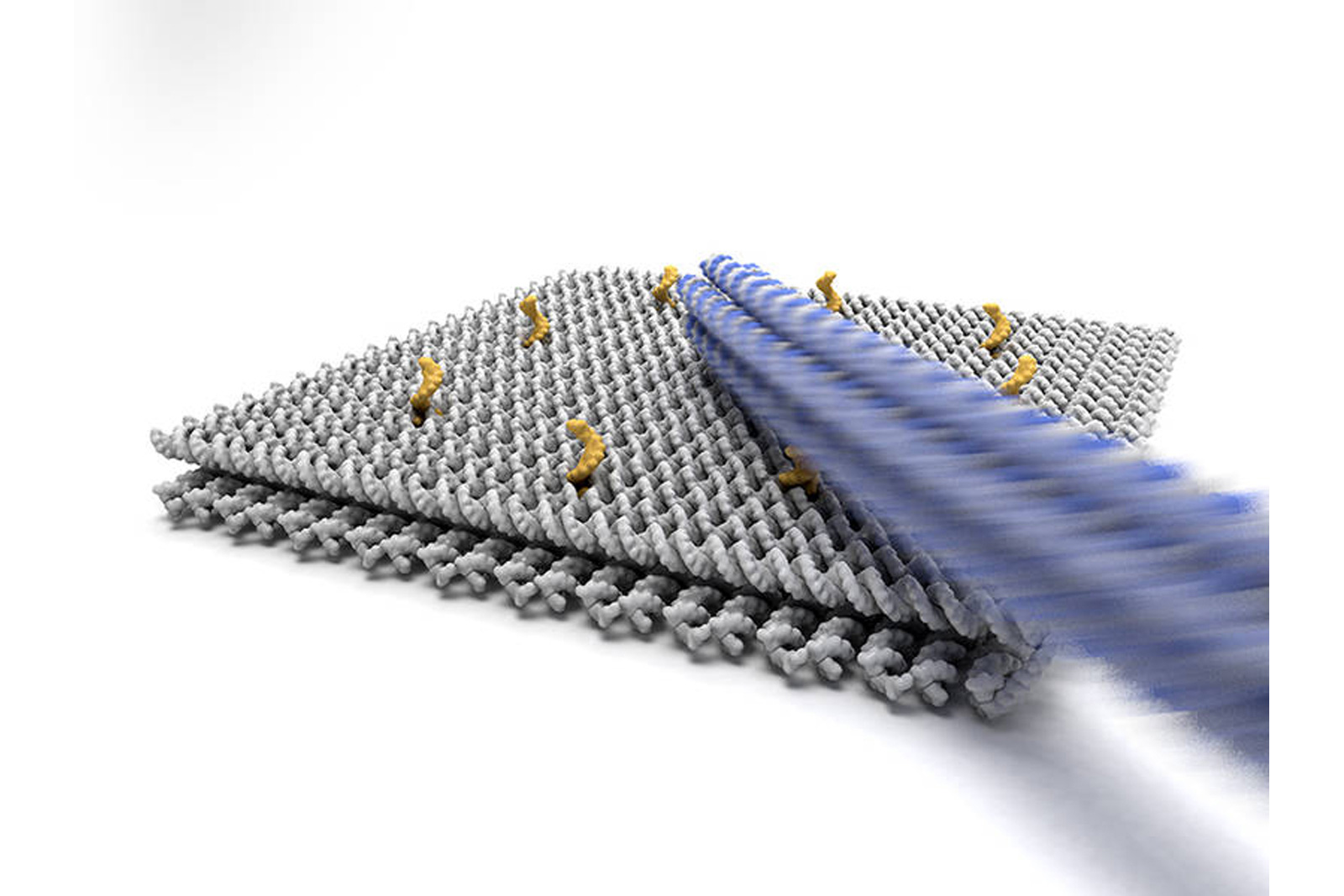
US intelligence agencies were just as obsessed with drone spying 40 years ago as they are nowadays -- only then, it was pipe-smoking entomologists and watchmakers who were in charge of building prototypes. Back in the '70s, the CIA needed some kind of miniature flyer to deliver an audio bug, and after considering (and rejecting) a faux bumblebee, decided that a robotic dragonfly would be the best option. The wee UAV used a "miniature fluidic oscillator" as a motor and was propelled by a small amount of gas. It was somehow guided by a laser beam, which served double-duty as the "datalink for the audio sensor payload," according to the CIA Museum. Unfortunately, the insect-based mech proved too difficult to control, especially with any degree of wind, and was eventually scuppered -- all that's left of the now-declassified project is in the video after the break.
Continue reading CIA dragonfly drone almost beat modern UAVs by 40 years, was swatted (video)
Filed under: Robots, Science
CIA dragonfly drone almost beat modern UAVs by 40 years, was swatted (video) originally appeared on Engadget on Mon, 30 Jul 2012 08:09:00 EDT. Please see our terms for use of feeds.
Permalink  Gizmodo
Gizmodo |
 CIA Museum (YouTube)
CIA Museum (YouTube) |
Email this |
Comments
 DNA-based robots promise all kinds of microscopic machinery, but there's a major obstacle: they're slow. Existing designs that use biochemical processes for movement can take hours to shuffle molecules around, which makes them utterly impractical fo...
DNA-based robots promise all kinds of microscopic machinery, but there's a major obstacle: they're slow. Existing designs that use biochemical processes for movement can take hours to shuffle molecules around, which makes them utterly impractical fo...
 DNA-based robots promise all kinds of microscopic machinery, but there's a major obstacle: they're slow. Existing designs that use biochemical processes for movement can take hours to shuffle molecules around, which makes them utterly impractical fo...
DNA-based robots promise all kinds of microscopic machinery, but there's a major obstacle: they're slow. Existing designs that use biochemical processes for movement can take hours to shuffle molecules around, which makes them utterly impractical fo...
 Scientists have developed a microscope that allows them to track sperm movements in 3D, which could benefit the understanding of both fertility treatment and micro-robotics. The device is made up of inexpensive components including LEDs and an image...
Scientists have developed a microscope that allows them to track sperm movements in 3D, which could benefit the understanding of both fertility treatment and micro-robotics. The device is made up of inexpensive components including LEDs and an image...



